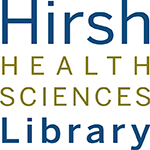** Please enjoy this repost, chock-full of Boston Massacre info! While 2021’s social-distancing rules prevent Revolutionary Spaces from holding the annual reenactment in front of the Old State House, if you are interested in the events of 1770, Crispus Attucks Day, and the wider history of the fight for racial and social justice in Boston, join Revolutionary Spaces March 5th at 5:00 pm for Grief, Remembrance, Justice: the Boston Massacre Anniversary. This panel discussion will reflect on the legacy of Melnea Cass and will be held via Zoom. **
…Your estates and your freedom, your children and Wives; A story I’ll tell you that’s truth now indeed, And when you hear of it your hearts will bleed.
The above comes from A Verse Occasioned by the late horrid Massacre in King-Street, a broadside published in Boston in 1770 to express outrage over the events of the evening of March 5th, the event we now know as the Boston Massacre. On the evening of March 5, 1770, a row broke out in front of the Custom House on King Street (now State Street) in Boston. Accounts of what provoked the trouble are mixed, but most include a soldier striking a boy, and a mob of Bostonians replying by hurling both snowballs and insults at the soldier. As the crowd grew more hostile, more soldiers were called in, and eventually nine armed British soldiers faced a rowdy group of over 50 colonists. Eventually, the soldiers fired into the mob, and when the casualties were totaled, five men were dead and six more were injured. The events of that March evening were seized upon by Boston radicals, and spun to create even more animosity toward the Crown. One of the most famous pieces of propaganda is Paul Revere’s compelling (if inaccurate) depiction of the event, which circulated wildly in the spring of 1770.
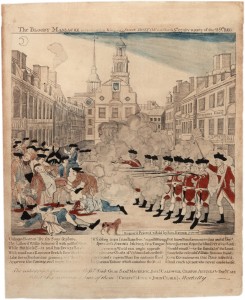
Paul Revere, “The Bloody Massacre in King-Street, March 5, 1770.” Boston, 1770. (Gilder Lehrman Collection)
Of course, this event took place a short walk from the Hirsh Health Sciences Library. Commemorate this event with a Boston Massacre Study Break! Start on the Freedom Trail, and visit the Boston Massacre Marker on the corner of State and Congress Streets, right near the Old State House. Head back toward campus on Tremont Street, and stop in at the Granary Burying Ground. You’ll find the grave marker for the victims of the Massacre next to Samuel Adams. You can also visit with John Hancock and Paul Revere while you’re there. As you follow Tremont toward Boylston Street, take a detour into Boston Common at Avery Street, and enjoy the beautiful Boston Massacre/Crispus Attucks Monument, erected in 1888.
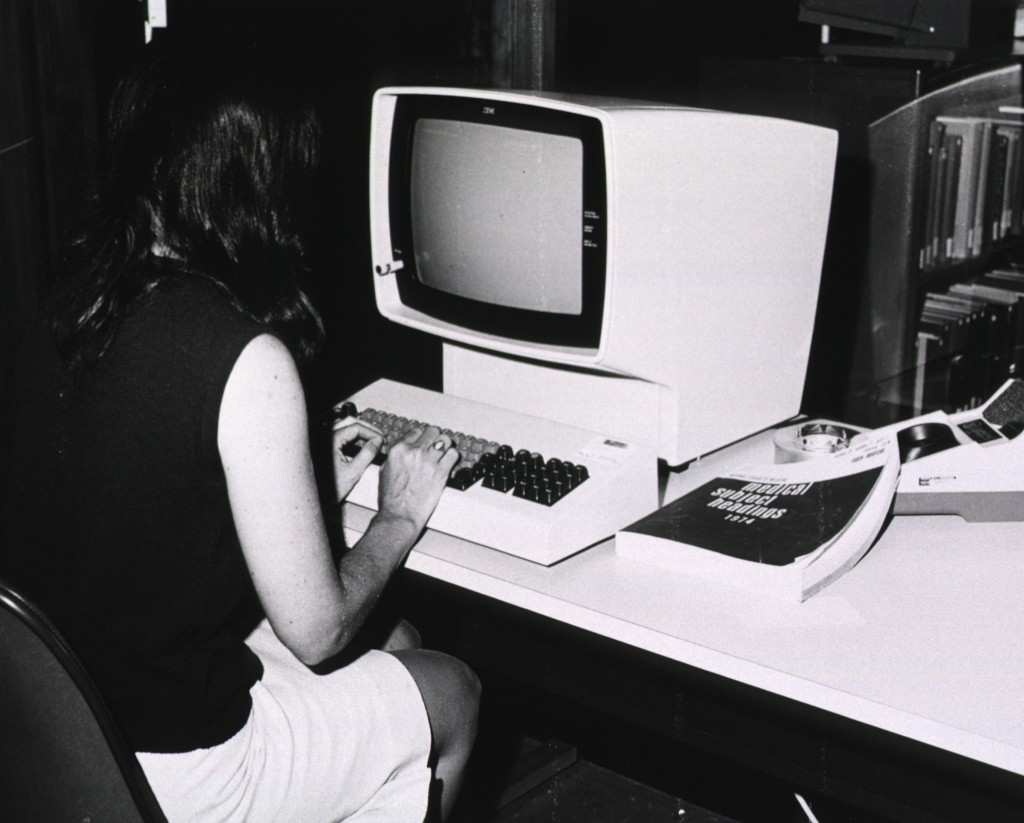
MEDLINE computer with Medical Subject Headings book, circa 1974
Image source: U.S. National Library of Medicine Digital Collections
Now an indispensable resource, it is hard to believe that PubMed is only 20 years old. First released in January 1996, PubMed was initially an experimental database. One year later, the word ‘experimental’ was dropped and, at a Capitol Hill press conference on June 26, 1997, free web access to MEDLINE through PubMed was officially announced. The press conference featured a demonstration of PubMed by then Vice President Al Gore (anyone remember him?) and a variety of stories from peoples whose lives had been affected by access to MEDLINE (Press Release – Free MEDLINE).
Prior to the launch of PubMed, users had to register and pay to search MEDLINE. Approximately 2 million PubMed searches were executed during the month of June 1997. In April 2015, 3.5 million searches per day were performed in PubMed. PubMed has come a long way over the past 20 years, and will continue to change in the upcoming years (PubMed Celebrates Its 20th Anniversary).
Post contributed by Laura Pavlech
June 23 marks the anniversary of two events of great cultural and political significance to the United States and, in particular, American women.
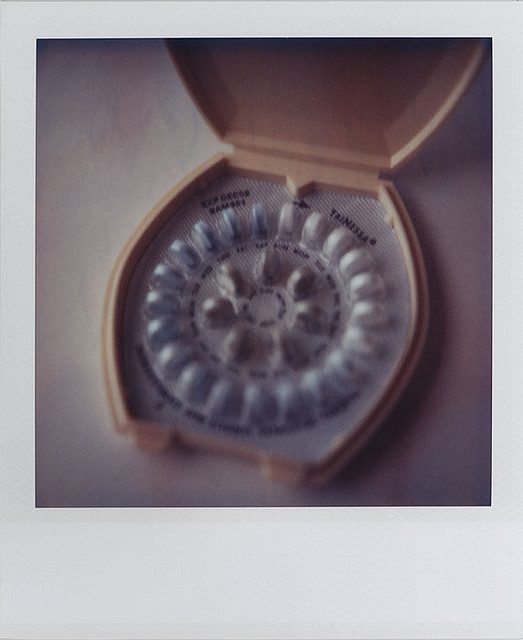
A Modern Mandala (Nancy L Stockdale) | CC-By-NC-ND 2.0
In 1960, the FDA formally approved Enovid for use as an oral contraceptive, making it the first approved birth control pill in the world. Enovid had been prescribed since 1957 as a treatment for menstrual disorders, but the FDA’s official recognition and approval of its contraceptive properties ushered in a new era of freedom and debate about reproductive rights. You can read more about the development of The Pill in Jonathan Eig’s The Birth of the Pill and about its impact on American society in America and the Pill by Elaine Tyler May; we have both in our collection.
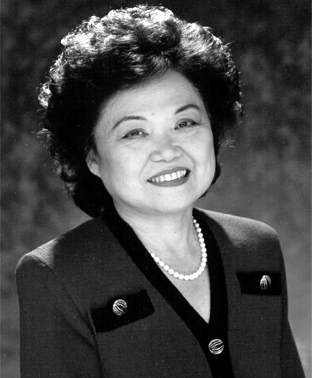
Representative Patsy Mink, a co-author of Title IX. The law was renamed after her in 2002 as the Patsy Takemoto Mink Equal Opportunity in Education Act
Twelve years later, on June 23, 1972, Congress passed Title IX as part of the Education Amendments of 1972. It stated, in part that:
“No person in the United States shall, on the basis of sex, be excluded from participation in, be denied the benefits of, or be subjected to discrimination under any education program or activity receiving federal financial assistance”
By banning sex discrimination in schools, Title IX has helped to expand educational and athletic opportunities to women. For Title IX’s 40th anniversary in 2012, The National Women’s Law Center collected a series of stories to honor the breadth its impact. Perspectives come from those who grew up before Title IX, like Alexa Canady, the first African-American woman neurosurgeon, as well as after, like Shree Bose, a prodigious teenage cancer researcher.
You can find the rest of the stories at “Faces of Title IX”.
Recent Posts
Categories
- 4th Floor Tabling (3)
- affiliation (4)
- Announcements (353)
- Book/Resource Reviews (117)
- Hours (131)
- Interviews (4)
- New Titles & Resources (114)
- News & Events (266)
- Open Workshops (48)
- Outside News & Events (66)
- resources (18)
- throwback thursday (5)
- Tips & Tricks (135)
- Uncategorized (148)
Tags
4th floor affiliation books Boston circulation crafts electronic resource electronic resources events exams extended hours food fun fun lab funlab graduation HHSL Hirsh Health Sciences Library holiday holiday hours holidays hours leisure reading library fun lab library service desk library staff new books open access open access week open workshop Open Workshops reserves resources staff statistics summer survey tea Thanksgiving therapy dogs Tufts Hirsh Health Sciences Library website welcome! writing consultants writing helpFollow us @TuftsHHSL!
Twitter feed is not available at the moment.
